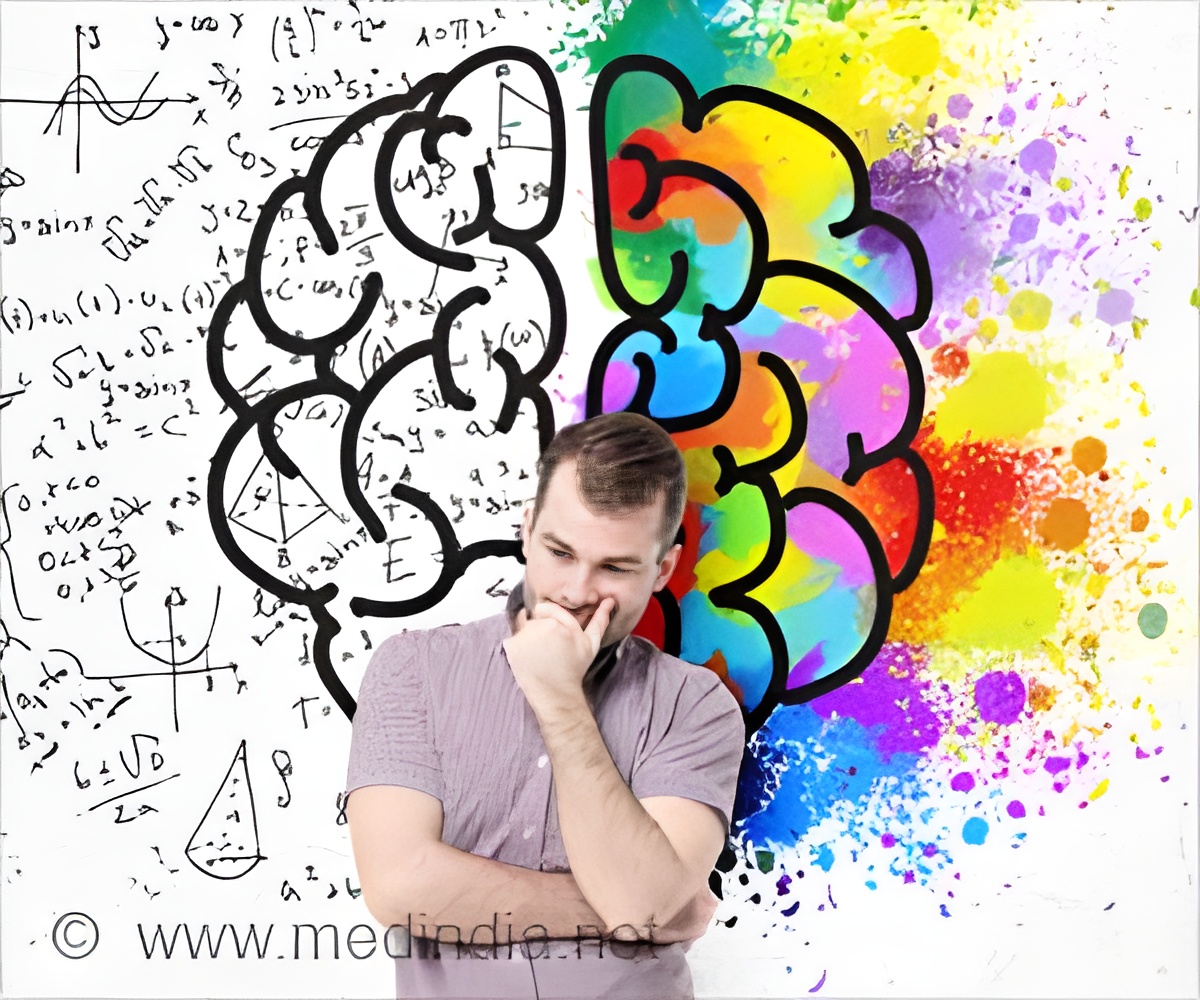The COVID-19 pandemic lockdown has increased our creativity and focused on activities mainly related to the issues of the situation.

‘The creative expression enabled individuals to better manage their negative emotions during the COVID-19 pandemic lockdown linked to confinement and helps to feel better during this difficult period.’





Advertisement
Art of Hope During Lockdown
Creativity is one of the cognitive functions that allow us to be flexible in new environments and to find solutions in new situations. The unusual conditions of the COVID-19 pandemic containment forced us to rethink our habits, imposed new constraints, and forced us to adapt. In short, to be creative. Based on this, a group of researchers conducted an online survey to assess the impact of lockdown on creativity, using a two-part questionnaire.The first part consisted of questions aimed at understanding the situation in which the participants found themselves in March to April 2020 (Were you confined alone or with others? Did you have more work or free time than before?), their mental states at that time (Did you feel more motivated? Did you feel a decrease or increase in your mood or stress?) and finally, whether they felt more or less creative than before.
The second part asked participants about creative activities carried out during confinement, their frequency, their domain, their degree of success and valorization, and the reasons that motivated or prevented these activities. The researchers collected almost 400 analyzable responses.
Advertisement
Stressed but More Creative
"Our first observation is that the lockdown was psychologically distressing for the majority of participants, which other studies have shown, but that on average they felt more creative," says Théophile Bieth, co-first author of the study.In contrast, when the researchers asked about the number of obstacles respondents had encountered, they observed a non-linear relationship. Whether the changes in creativity were positive or negative, participants felt they had encountered many obstacles.
Indeed, many people encountered obstacles in their usual activities, which forced them to be creative to accomplish them, and conversely, some individuals felt that they were not creative because they faced too many problems to be creative.
Advertisement
More Creative Activities Related to the Issues of the Situation
The second part of the questionnaire consisted of a list of 30 different activities, most of which are part of the international standards used in creativity research.These included cooking, painting, sewing, gardening, decorating, and music. Participants were asked whether they had engaged in these activities in the past five years, whether their practice had increased during the lockdown, why and how often, and if not, why it had decreased.
The results show that this measure of creative behavior is in line with the measure of subjective change reported by the subjects. In both cases, the changes observed were related to free time and emotional feelings.
Positive Correlation Between Mood and Creativity
This study also highlights an overall increase in creativity during the first lockdown. This positive change could be linked to having more free time, feeling more motivated, they need to solve a problem, or the need to adapt to a new situation.However, when negative changes in creativity were experienced, they were related to negative emotions, such as stress or anxiety, feeling pressured, or a lack of material resources or opportunities.
Do we feel good because we are creative or does being creative make us happier? remains a debate. This debate needs clarification from future studies.
Source-Medindia















